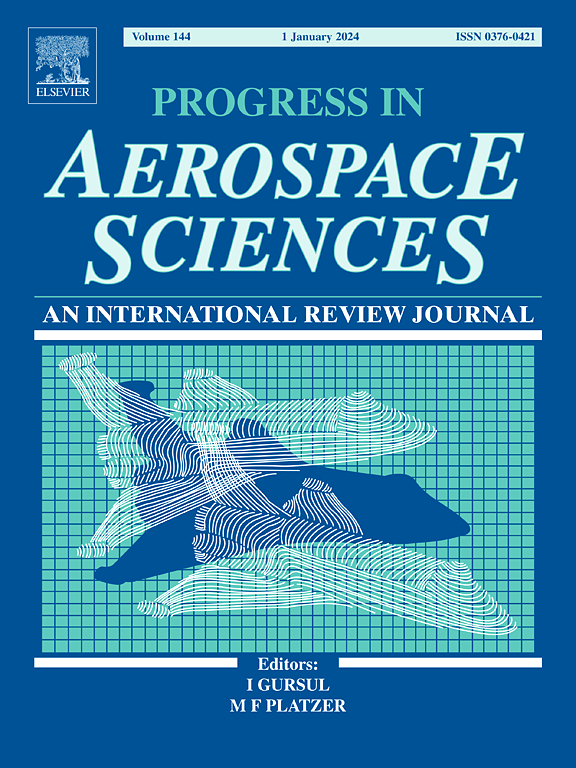用于在轨维修和主动碎片清除的机器人机械手:回顾与比较
IF 11.5
1区 工程技术
Q1 ENGINEERING, AEROSPACE
引用次数: 0
摘要
由于空间碎片的威胁日益增大,在役卫星的数量加速增加,目前正在开发主动碎片清除(ADR)和在轨服务(IOS)任务。安装在维修卫星上的机器人机械手可以精确抓取目标物体,是执行复杂维修任务所必需的。本文全面回顾了为 ADR 和 IOS 任务开发的机器人机械手。审查内容包括已在轨道任务中使用过的机械手、过去为已取消的任务开发的机械手、技术演示器,以及目前正在为计划中的任务开发的机械手。审查包括以下操纵器:航天飞机遥控操纵器系统、为 ETS-VII 任务开发的操纵器、轨道快车演示操纵器系统、为 DEOS 任务开发的操纵器、CAESAR、LARAD、VISPA、WMS 1 Lemur、TITAN、FREND、STAARK 和 TINA 操纵器。此外还回顾了为纳卫星设计的小型机械手。比较了机械手的基本参数,如自由度数、质量和长度。介绍了所选机械手的 Denavit-Hartenberg 参数和运动学结构。论文还讨论了具体的设计特点,如机械手的关节设计。最后,还探讨了最近的发展趋势和未来前景。本文章由计算机程序翻译,如有差异,请以英文原文为准。
Robotic manipulators for in-orbit servicing and active debris removal: Review and comparison
Due to the growing threat from space debris and the accelerating increase in the number of active satellites, Active Debris Removal (ADR) and In-Orbit Servicing (IOS) missions are currently being developed. A robotic manipulator mounted on a servicing satellite will enable precise grasping of a target object and is needed to perform complex servicing tasks. This paper presents a comprehensive review of robotic manipulators developed for ADR and IOS missions. This review includes the manipulators that have already been used in orbital missions, those developed in the past for missions that were cancelled, technology demonstrators, and the manipulators currently in development for planned missions. The review includes the following manipulators: the Shuttle Remote Manipulator System, the manipulator developed for the ETS-VII mission, the Orbital Express Demonstration Manipulator System, the manipulator developed for the DEOS mission, the CAESAR, the LARAD, the VISPA, the WMS 1 Lemur, the TITAN, the FREND, the STAARK, and the TINA manipulators. Small manipulators designed for nanosatellites are also reviewed. Basic parameters of manipulators, such as the number of degrees of freedom, mass, and length, are compared. The Denavit-Hartenberg parameters and kinematic structures of the selected manipulators are presented. The paper includes a discussion of specific design features, such as the manipulator joint design. Finally, recent trends and future prospects are explored.
求助全文
通过发布文献求助,成功后即可免费获取论文全文。
去求助
来源期刊

Progress in Aerospace Sciences
工程技术-工程:宇航
CiteScore
20.20
自引率
3.10%
发文量
41
审稿时长
5 months
期刊介绍:
"Progress in Aerospace Sciences" is a prestigious international review journal focusing on research in aerospace sciences and its applications in research organizations, industry, and universities. The journal aims to appeal to a wide range of readers and provide valuable information.
The primary content of the journal consists of specially commissioned review articles. These articles serve to collate the latest advancements in the expansive field of aerospace sciences. Unlike other journals, there are no restrictions on the length of papers. Authors are encouraged to furnish specialist readers with a clear and concise summary of recent work, while also providing enough detail for general aerospace readers to stay updated on developments in fields beyond their own expertise.
 求助内容:
求助内容: 应助结果提醒方式:
应助结果提醒方式:


